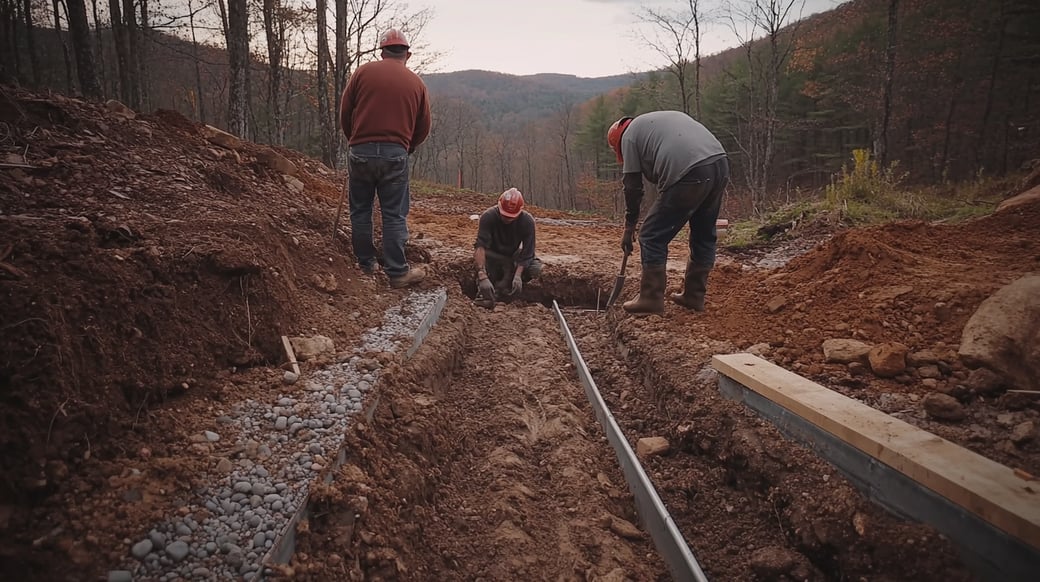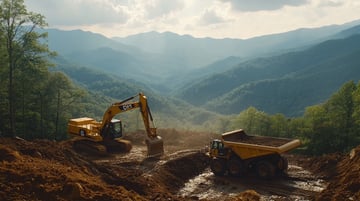
Managing Erosion During Excavation: A Practical Guide
Excavation projects are more than just moving dirt—they’re about reshaping the land to create a solid foundation for your vision. However, one of the most critical challenges during this process is managing erosion caused by water. Unchecked erosion can undermine the integrity of the site, damage nearby ecosystems, and lead to costly delays. Here’s how to tackle this issue effectively.
Understanding Erosion
Erosion occurs when soil is displaced by wind, water, or human activity. During excavation, the removal of vegetation and the disruption of soil make the site particularly vulnerable to water runoff. Rainfall can quickly wash away loose soil, carrying it into nearby waterways and creating environmental and structural concerns.
Best Practices for Erosion Control
1. Plan Ahead
Effective erosion control begins before the first scoop of dirt is moved. Evaluate the site’s topography, soil composition, and drainage patterns to identify potential problem areas. Creating a comprehensive erosion control plan ensures proactive measures are in place.
2. Install Silt Fences and Barriers
Silt fences are a simple yet effective way to prevent soil from leaving the excavation site. These temporary barriers trap sediment while allowing water to pass through, reducing runoff impact. Use them along slopes, drainage paths, and site boundaries.
3. Use Erosion Control Blankets
For steep slopes or highly erodible areas, erosion control blankets made of biodegradable materials can stabilize the soil. These blankets provide immediate protection and encourage vegetation growth over time.
4. Create Drainage Channels
Proper drainage management is essential. Construct temporary channels or swales to redirect water away from vulnerable areas. Pair these channels with riprap or other stabilizing materials to minimize water velocity and soil displacement.
5. Revegetate Quickly
One of the best ways to combat erosion is to reintroduce vegetation as soon as possible. Grass, shrubs, and other ground cover plants anchor the soil, reducing runoff and improving site stability. Use hydroseeding for quick and even distribution over large areas.
Why Erosion Control Matters
Effective erosion management isn’t just about compliance with environmental regulations—it’s about protecting your project. Proper control measures:
-
Preserve the integrity of the excavation site
-
Prevent costly rework due to soil loss
-
Safeguard surrounding ecosystems and waterways
-
Demonstrate a commitment to sustainable construction practices
Partnering with Experts
At Pinhook Excavation, we bring years of expertise to every project, including proactive erosion control. Our team ensures that your site is not only functional but also environmentally responsible. From detailed planning to execution, we’re here to help you navigate every challenge with precision and care.
Let’s work together to lay the groundwork for a rock-solid future. Contact us today to learn more about our excavation and erosion control services.
Related Insights

November 27, 2024
Preparing a House Seat in Appalachia: Challenges and Solutions
Building a home in the Appalachian Mountains offers stunning views and a unique ...
November 27, 2024